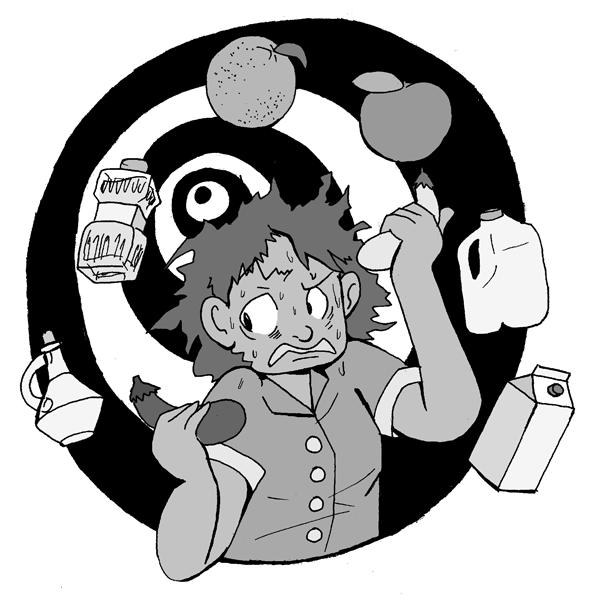In a food twilight zone, Americans have so many choices for any given food or ingredient and, at the same time, are obsessed with seeking out the best and the healthiest, yet are no healthier for it.
Faced with so many choices, it is hard to be content with selecting the best, leaving more room for uncertainty for what was not picked. And then another variety pops up or a new angle comes along.
What exactly are we looking for?
Back in the day when television programming came via four networks, most people were aware of only one type of salt, table salt, unless time was spent hanging out in kosher kitchens. Now there is sea salt, Hawaiian sea salts, pink Himalayan salt and salts of all kinds of colors and textures.
Cooking oils can cause heated debates on the health properties of olive, sunflower, safflower, canola, corn and coconut to name a few in surely a “Forest Gump” list. But which one is the best?
Salt is salt and oils are fats, and too much of either, despite any health claims, are bad for our bodies.
On the other side of the choices spectrum, there are those who create extreme parameters for their food. This can create a pathological condition that scientists are now beginning to explore.
The drive to find the best, purest or healthiest food may stem from choice overload. Psychologist Barry Schwartz theorizes that the more choices available, the more dissatisfaction a person experiences.
Cutting across consumerism, market economics and social psychology, he describes how people cope with overwhelming choices. Schwartz categorizes people as satisfiers, who will make a choice based on good enough, or maximizers, who scrutinize each detail to the point of mental anguish.
For some, the mental anguish develops into an obsession. In the quest to eat healthy, orthorexia takes it to the extreme where it negatively affects health, relationships and mental well-being.
The name and description of orthorexia is attributed to the medical doctor Steven Bratmanin his 2000 book “Health Food Junkies.”
Currently, orthorexia is not a formal diagnosis, yet scientists are exploring the validity of it as an eating disorder.
It starts as innocently as reporting blueberries being a powerhouse of Vitamin C and having high antioxidants (the good guys that round up the free-radicals, aka the bad dudes that wreak havoc on our bodies). If only those two nutrients and only blueberries were needed for healthy bodies.
A diet of just blueberries, according to the USDA Nutrient Database, may miss out on four times the potassium that bananas pack. Or cantaloupe that offers over 60 times more Vitamin A than blueberries.
This is a better guide to making decisions: Don’t buy into the idea that there is a quick fix and that one food or a strict diet that excludes certain foods are going give us health.
What fruit or vegetable should you be eating? The ones that taste good to you, the ones that you are able to afford. Variety is the key, along with everything in moderation. Just because someone said something is healthy, eating more of it does not equate to healthier.
We need to stop making it so complicated.
M. M. Donaldson is a staff writer with The Voice and a journalism student at WCC. She has a bachelor’s degree in family and community services from Michigan State University and has several years’ experience with nutrition issues affecting infants through older adults.



